Integrating VR into educational settings is no longer a futuristic concept, it’s now a practical tool revolutionizing learning and teaching methods. The dynamic and immersive nature of VR has the unique potential to transform static classroom environments into vibrant, interactive learning spaces. However, the journey from traditional to VR-enhanced education has been paved with challenges, notably the extended development cycles for VR content and the limitations of static experiences.
Evolution of VR Content Creation
The landscape of VR content creation has undergone a significant transformation with the advent of platforms like Axon Park. These platforms empower educators to become immersive 3D creators themselves, enabling them to design or customize their VR learning experiences. This shift significantly reduces the time and resources previously required for developing educational VR content, facilitating a move away from long dev cycles or the constraints of fixed, off-the-shelf programs.
Advantages of Flexible VR Education Platforms
- Rapid Development and Deployment: The key to these platforms is their facilitation of quick VR experience creation, allowing educators to adapt and evolve their teaching materials in real-time. This agility is essential in meeting the ever-changing needs of both students and curriculum standards.
- Customization at Scale: Intuitive design tools democratize the creation process, requiring no in-depth programming knowledge. Educators can tailor VR experiences to fit specific learning objectives, enhancing the relevance and impact of lessons.
- Increased Engagement: Leveraging the immersive nature of VR, these platforms foster a high level of student engagement. By turning passive learning into an active discovery process, VR transforms the educational experience.
- Accessibility and Inclusivity: By lowering the barrier to entry, these platforms make cutting-edge educational experiences more accessible, extending the benefits of immersive learning to a broader audience.
Implementing VR in Education: Best Practices
Implementing VR in an educational setting should be a strategic process, guided by clear objectives and pedagogical goals. Starting with specific subjects where VR can add the most value, educators should integrate VR sessions to complement and enhance traditional teaching methods. Regularly collecting feedback from both students and educators is crucial to refine and adapt VR content, ensuring it meets the evolving educational landscape. Moreover, when incorporating immersive learning as a core part of the learning experience, it’s essential to provide a flatscreen alternative for individuals who may not be comfortable with, or lack access to, VR equipment, ensuring inclusivity and accessibility for all learners. Platforms like Axon Park support cross-device use (flatscreen and head-mounted VR), and you should always check for this before choosing a core VR learning platform.
Navigating Limitations: The Challenge of Deep Customization
While platforms like Axon Park offer significant advantages, a notable limitation is their depth of bespoke customization. Similar to online course platforms restricted to specific templated flows of video, pdfs, quizzes, etc, fixed VR content creation platforms can also face constraints, limiting educators’ ability to create highly specialized or unique VR experiences without custom development. Overcoming these challenges involves a combination of tools for broader usability and specialized applications for complex educational needs.
The advent of user-friendly VR content creation platforms represents a significant milestone in the field of educational technology. By empowering educators to rapidly create and customize their VR content, these platforms not only enhance the accessibility of immersive learning but also pave the way for a future where classrooms worldwide can leverage the transformative potential of VR. Despite current limitations in customization, the trajectory of VR in education is one of continuous evolution and expansion, promising a richer, more engaging learning experience for students everywhere.



